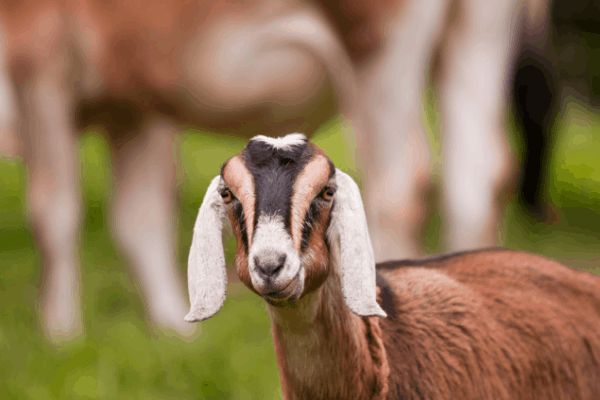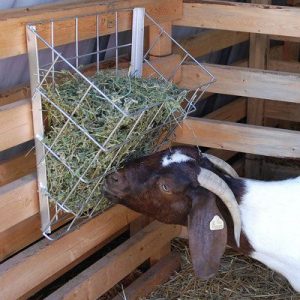Raising goats can be a rewarding venture, but it comes with its challenges, particularly when it comes to protecting your herd from predators and pests. Goats, despite their hardiness, are vulnerable to a range of threats that can compromise their health, safety, and productivity.
Goats can fall prey to a variety of predators, depending on your geographical location. Common predators include:
- Coyotes: These are one of the most prevalent threats to goats. They are cunning and often hunt in packs.
- Wolves: In areas where wolves are present, they can pose a significant danger due to their strength and pack behavior.
- Mountain Lions: These solitary hunters can take down even adult goats.
- Domestic Dogs: Stray or even neighborhood dogs can become a threat, especially if they roam freely.
- Birds of Prey: Large birds like eagles and hawks can pose a threat to kids (young goats).
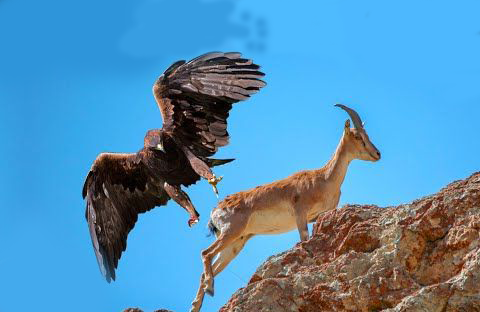
- Secure Fencing: A strong, high fence is your first line of defense. A good goat fence should be at least 5-6 feet tall and made of woven wire. Electric fencing can add an additional deterrent, especially if placed at the top and bottom of the perimeter.
- Guard Animals: Many goat owners successfully use guard animals to protect their herds. Livestock guardian dogs (LGDs), such as Great Pyrenees, Anatolian Shepherds, and Maremma Sheepdogs, are bred for this purpose. Donkeys and llamas can also be effective guards due to their natural aversion to predators and protective instincts.
- Shelter: Provide a secure shelter where goats can retreat, especially at night. This shelter should be predator-proof with solid walls, a sturdy roof, and a lockable door.
- Lighting and Alarms: Motion-activated lights and alarms can deter predators by startling them and drawing attention to their presence.
- Human Presence: Regularly check on your goats, especially during dawn and dusk when many predators are most active. Human activity can often deter predators from approaching.
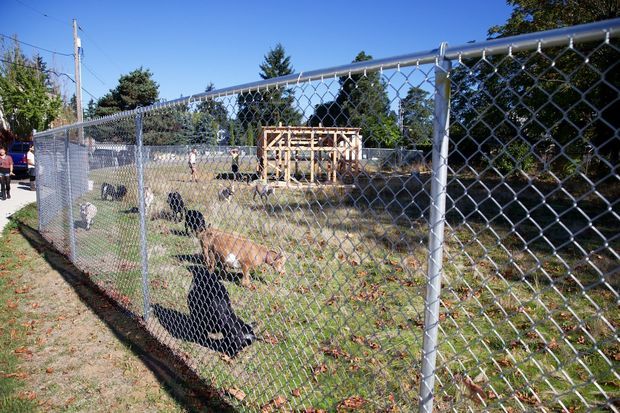
By the way you should Note that our company can help you to start by giving you all the necessary information you need to get started if not yet in the business. Please check our online shop, we have all the standard business proposals for different capacities at very a cheap price made by the best agricultural specialists as well as Standard design plans that are made by the best agricultural architects around the globe. please visit our online shop now using the links below to witness by yourself
Design plans (FARM HOUSE DESIGNS – Kimd Construction & Farm Consultants)
Business plans (BUSINESS PLANS & PROPOSALS – Kimd Construction & Farm Consultants)
Welcome back from visiting our shop, hope you have placed your order for any of our products or you can place it after navigating more of our informative articles.
So let’s continue with our article!
In addition to predators, goats are susceptible to a variety of pests that can affect their health and well-being. Common pests include:
- Internal Parasites: These include worms like barber pole worm (Haemonchus contortus), which can cause severe anemia and even death.
- External Parasites: Lice, mites, and ticks can cause irritation, hair loss, and transmit diseases.
- Flies: Flies can be a nuisance, particularly around wounds or in warm weather, leading to issues like flystrike.
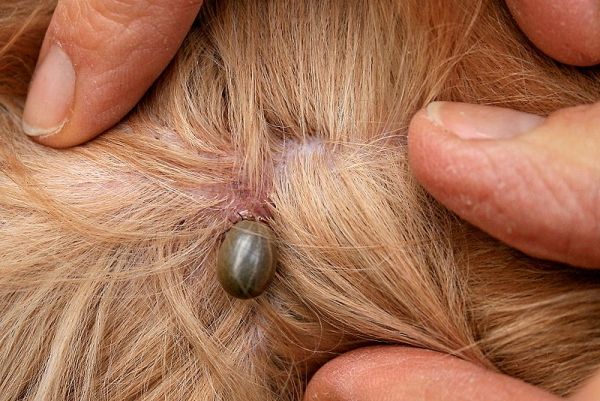
- Regular Deworming: Develop a deworming schedule based on fecal egg counts (FEC) to determine the presence and load of internal parasites. This helps in administering deformers only when necessary to prevent resistance buildup.
- Pasture Management: Rotational grazing helps reduce the parasite load in pastures. Allowing pastures to rest and regrow before reintroducing goats can break the life cycle of many internal parasites.
- Maintain Clean Housing: Keep goat housing clean and dry. Regularly remove manure and soiled bedding to minimize the breeding grounds for pests.
- External Parasite Control: Use appropriate treatments such as insecticidal sprays, dusts, or pour-ons to manage lice and mites. Regular grooming and inspection of goats help in early detection and treatment.
- Fly Control: Implement fly control measures, including fly traps, sprays, and maintaining cleanliness in and around the goat area. Fly predators (beneficial insects that prey on fly larvae) can also be used to reduce fly populations.
- Nutrition and Health: Healthy goats are less susceptible to pests and diseases. Ensure your goats receive a balanced diet, clean water, and necessary vaccinations.
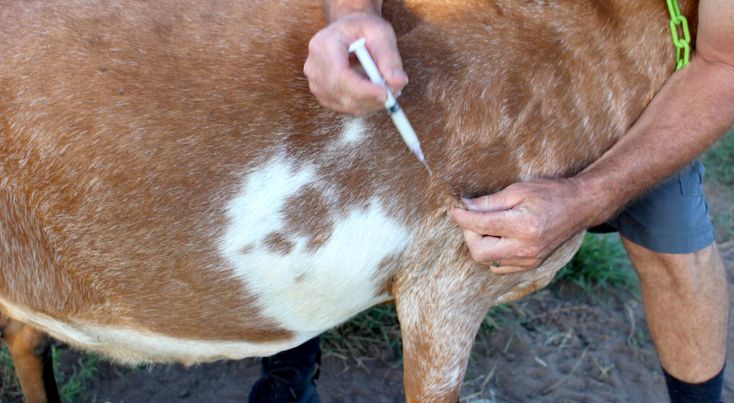
An integrated approach combining various methods provides the most effective protection. This might include:
- Combining Guard Animals with Secure Fencing: This dual approach maximizes protection against predators.
- Using Natural Predators and Biological Controls: Introducing beneficial insects to control pest populations can be a part of an organic approach to pest management.
- Regular Health Checks and Record Keeping: Monitor your goats’ health closely and keep records of pest and predator issues to identify patterns and improve management strategies.
Conclusion
Managing predators and pests is a crucial aspect of goat farming that requires vigilance, proactive measures, and sometimes a multi-faceted approach. By implementing strong fencing, utilizing guard animals, maintaining clean and secure housing, and adopting integrated pest management practices, you can protect your goats from these threats effectively. Remember, the well-being of your goats depends significantly on the preventive measures you take to safeguard them against these challenges. With the right strategies in place, you can ensure a healthy, safe, and productive environment for your herd.

